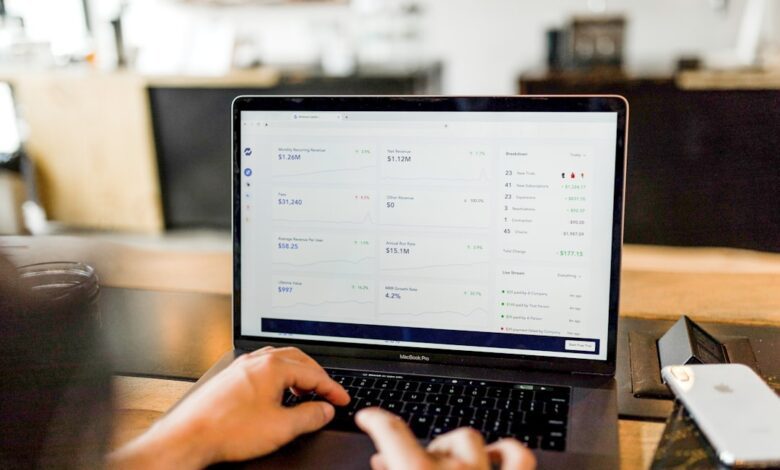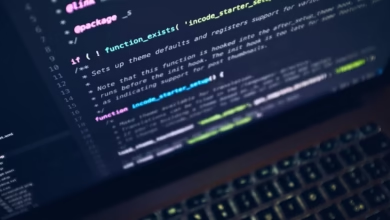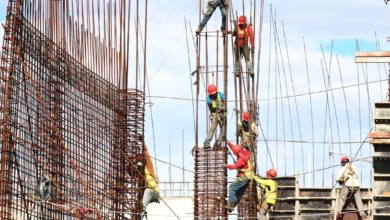Metals in Motion: Analyzing the Interplay of Industry, Investment, and Economic Trends

In today's rapidly evolving economic landscape, the role of metals extends far beyond traditional applications, intertwining with the forces of technological advancement, market fluctuations, and sustainable development. This article explores the multifaceted nature of metal markets, focusing on the dual role of silver as both an industrial commodity and an investment vehicle. We will analyze how copper prices serve as vital indicators of global economic health, while also examining the growing demand for rare earth metals driven by the green energy revolution. Additionally, we will compare platinum and palladium as investment options, discuss the importance of metals in diversifying investment portfolios, and consider the effects of inflation on the prices of precious and industrial metals. Finally, we will look ahead to the future of aluminum in a sustainable economy and assess how mining regulations shape the dynamics of metal pricing. By delving into these interconnected topics, we aim to provide a comprehensive understanding of the metal markets and their implications for investors and industries alike.
- 1. **Silver's Dual Role: Industrial Demand Meets Investment Appeal**
- 2. **Copper Prices as Economic Indicators: A Deep Dive into Market Trends**
- 3. **Navigating the Rare Earth Landscape: Green Energy's Influence on Metal Demand**
1. **Silver's Dual Role: Industrial Demand Meets Investment Appeal**
Silver plays a unique dual role in the markets, balancing its significance as both an industrial commodity and a sought-after investment asset. On the industrial side, silver is renowned for its exceptional conductivity, making it indispensable in electronics, solar panels, and various electrical applications. The rise of green technologies, particularly solar energy, has significantly boosted silver demand, as photovoltaic cells rely heavily on the metal for efficient energy conversion. Additionally, silver's antibacterial properties have led to increased use in medical applications, further enhancing its industrial appeal.
Conversely, silver is also viewed as a safe-haven investment, akin to gold. Investors often turn to silver during times of economic uncertainty or inflation, seeking to hedge against currency devaluation and financial instability. This investment demand leads to fluctuations in silver prices, influenced by market sentiment, geopolitical tensions, and macroeconomic factors. The dual nature of silver, oscillating between industrial usage and investment demand, creates a unique market dynamic where developments in one sector can significantly impact the other. As industries evolve and global economic conditions shift, silver's role continues to adapt, making it a crucial player in both realms.
2. **Copper Prices as Economic Indicators: A Deep Dive into Market Trends**
Copper prices have long been considered a reliable barometer of global economic health, often referred to as "Dr. Copper" due to its widespread applications and ability to reflect industrial activity. As a core component in construction, electrical wiring, and manufacturing, fluctuations in copper prices can signal shifts in economic sentiment and growth prospects.
When economies are robust and expanding, demand for copper typically rises, leading to increased prices. For instance, during periods of economic recovery, construction projects surge, resulting in higher copper consumption for wiring and plumbing. Conversely, during economic downturns, such as recessions, demand diminishes, causing prices to fall. This inverse relationship provides investors and analysts with a tool to gauge economic trends.
Recent trends have highlighted the correlation between copper prices and various economic indicators, such as manufacturing output, housing starts, and infrastructure spending. For example, the purchasing managers' index (PMI), which measures the economic health of the manufacturing sector, often shows a direct correlation with copper price movements. A rising PMI usually precedes an increase in copper demand, driving up prices, while a declining PMI signals potential economic contraction and a subsequent drop in copper prices.
Global events and policy changes also play a significant role in shaping copper market dynamics. Trade tensions, geopolitical conflicts, and changes in environmental regulations can impact supply chains and production costs, leading to price volatility. For instance, labor strikes in major copper-producing countries like Chile and Peru can disrupt supply, causing prices to spike even in the face of weakening demand.
Moreover, the increasing push for green technologies, including electric vehicles and renewable energy systems, is expected to further elevate copper's importance in the coming years. As these sectors expand, they will likely drive demand for copper, thereby influencing its price trajectory and reinforcing its status as a key economic indicator.
As investors monitor copper prices, they should remain aware of the multifaceted factors influencing this essential metal. By understanding the interplay between copper prices and broader economic indicators, market participants can make more informed decisions and better anticipate shifts in the global economy.
3. **Navigating the Rare Earth Landscape: Green Energy's Influence on Metal Demand**
As the world increasingly shifts toward sustainable energy solutions, the demand for rare earth metals has surged, driven by their critical role in manufacturing green technologies. Rare earth elements (REEs) are essential for producing high-performance magnets, batteries, and catalysts used in various applications, including electric vehicles (EVs), wind turbines, and energy-efficient lighting. This transition to green energy creates a unique intersection between environmental policy and industrial demand, significantly impacting the rare earth market.
The growing emphasis on renewable energy sources has led to a substantial increase in the production of EVs, which rely heavily on rare earth elements such as neodymium and dysprosium for their powerful permanent magnets. Moreover, advancements in energy storage technologies, particularly lithium-ion batteries, are further propelling the need for these metals. As countries implement stricter emissions regulations and commit to decarbonization targets, the competition for rare earth supplies becomes more intense.
However, the supply chain for rare earth metals poses challenges. A significant portion of global production is concentrated in a few countries, particularly China, which dominates the market. This reliance on a limited number of suppliers raises concerns about geopolitical risks and supply disruptions, prompting countries like the United States and Australia to explore domestic production and recycling initiatives.
Investors and industries must navigate this evolving landscape with an understanding of both the opportunities and risks associated with rare earth metals. The push for green energy technologies not only drives demand but also influences pricing dynamics and investment strategies in the rare earth sector. As countries transition towards more sustainable energy practices, the role of rare earth metals will become increasingly pivotal, shaping the future of both the industrial landscape and investment portfolios.
In conclusion, the intricate dynamics of the metals market reveal a complex interplay between industrial demand, investment trends, and broader economic indicators. Silver's unique position as both a vital industrial component and a sought-after investment asset underscores its importance in various sectors, particularly as green technologies continue to drive demand. Similarly, copper prices serve as a barometer for global economic health, reflecting trends that can influence investment decisions. The growing reliance on rare earth metals in the transition to sustainable energy sources further emphasizes the need for strategic diversification in investment portfolios.
Moreover, the ongoing debate between platinum and palladium highlights the nuances of investment choices within the precious metals space, each offering distinct advantages based on market conditions. As inflation looms, its effects on the prices of both precious and industrial metals present challenges and opportunities for investors. The future of aluminum, particularly in a sustainable economy, suggests a shift toward more environmentally friendly practices that could reshape demand.
Finally, the regulatory landscape surrounding mining operations plays a critical role in determining metal prices, affecting everything from supply chains to market accessibility. As we look ahead, understanding these multifaceted relationships will be essential for investors and industries alike, providing insights that can guide strategic decisions in an ever-evolving market. The metals sector, with its diverse applications and investment potential, remains a pivotal area for those seeking to navigate the complexities of today's economic landscape.





